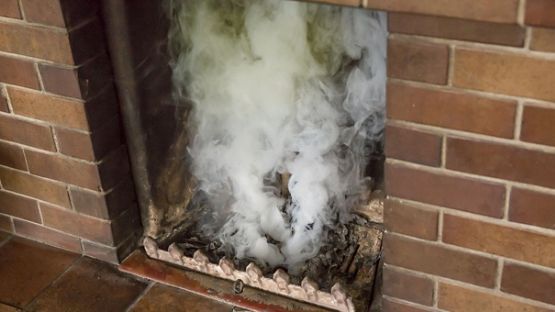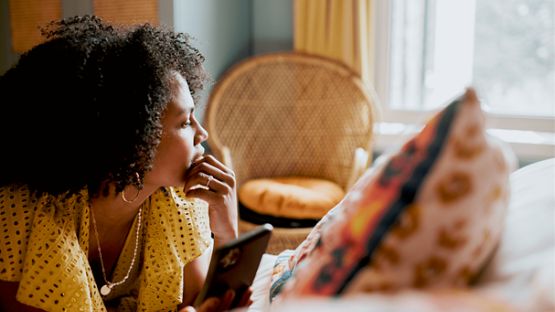A Great Blue Heron sees the trucks bringing a new load of cabin or cottage building material. “Great, there goes the neighbourhood.” The herons might have a point. With Blue Heron fossils dating back nearly 2 million years, they have been residents in cottage country a lot longer than we have. The boreal forest, that rolls across Canada, began its growth towards the end of the last ice age1. Then there’s the stony backbone of the nation, the Canadian Shield, which is a truly ancient 4 billion years old. The great escapes we find in the extensive Canadian environment have delicately evolved over vast oceans of time. We all have a responsibility to respect and treasure these environments with an eco-friendly and sustainable approach to cottage and cabin living.
Tips for an eco-friendly cottage or cabin
Energy efficient appliances: Oftentimes, cottages and cabins can become a museum of old furniture and appliances, which can have a negative environmental impact. You’ll want to consider replacing those old cabin or cottage appliances with more energy efficient options. In fact, according to the US Environmental Protection Agency (EPA), “efficient appliances use ten to 50 percent less energy and water than standard models.”2
LED lighting: Switching out old light bulbs with LED lights is a simple way to conserve energy for a more sustainable cottage or cabin. In fact, LED lights consume 75% less energy3.
Climate management: Heating and cooling your cottage or cabin getaway can use up a lot of energy. Conserve that energy by insulating loft spaces, install a smart thermostat to have greater control of heating and cooling, and install window coverings that keep radiant heat out in the daytime, and keep the heat inside when the nights turn cool.
Eco-friendly household products: Use natural cleaning products instead of chemical-based products, which can find their way into the environment surrounding your cottage or cabin.
Water conservation: Install low flow shower heads and faucets in your cottage or cabin. Plus, you can buy rain barrels to capture rainwater and help keep your outdoor gardens irrigated. Be sure to get the ones with mesh coverings to prevent a breeding ground for those voracious Canadian mosquitos.
Renewable energy: Be less grid reliant by using solar panels, solar heating, or wind energy as natural energy sources for your cottage or cabin.
Be sweet to the bees
Our pollinators play a critical role in seeding our natural landscapes. Bees have had a difficult time over the past few years4, so include bee friendly plants in your garden. Just be sure to check with the local garden centre to make sure the plants are native to the local area and will not have a negative impact on the area’s natural flora.
Neighbourhood watch
For the birds, animals, trees, plants, and water life, the wilderness was a terrific neighbourhood before you got there. Help keep it that way by minimizing your carbon footprint and maximizing your eco-friendly behaviours while at your cottage or cabin.
1 Boreal forest of Canada - Wikipedia
2 Buying Energy-Efficient Appliances | Green America
3 9 Tips on how to make your holiday home eco-friendly - Cornish Cottage Holidays Blog
4 Canada's bee colonies see worst loss in 20 years, explosion of mites blamed | CBC News













